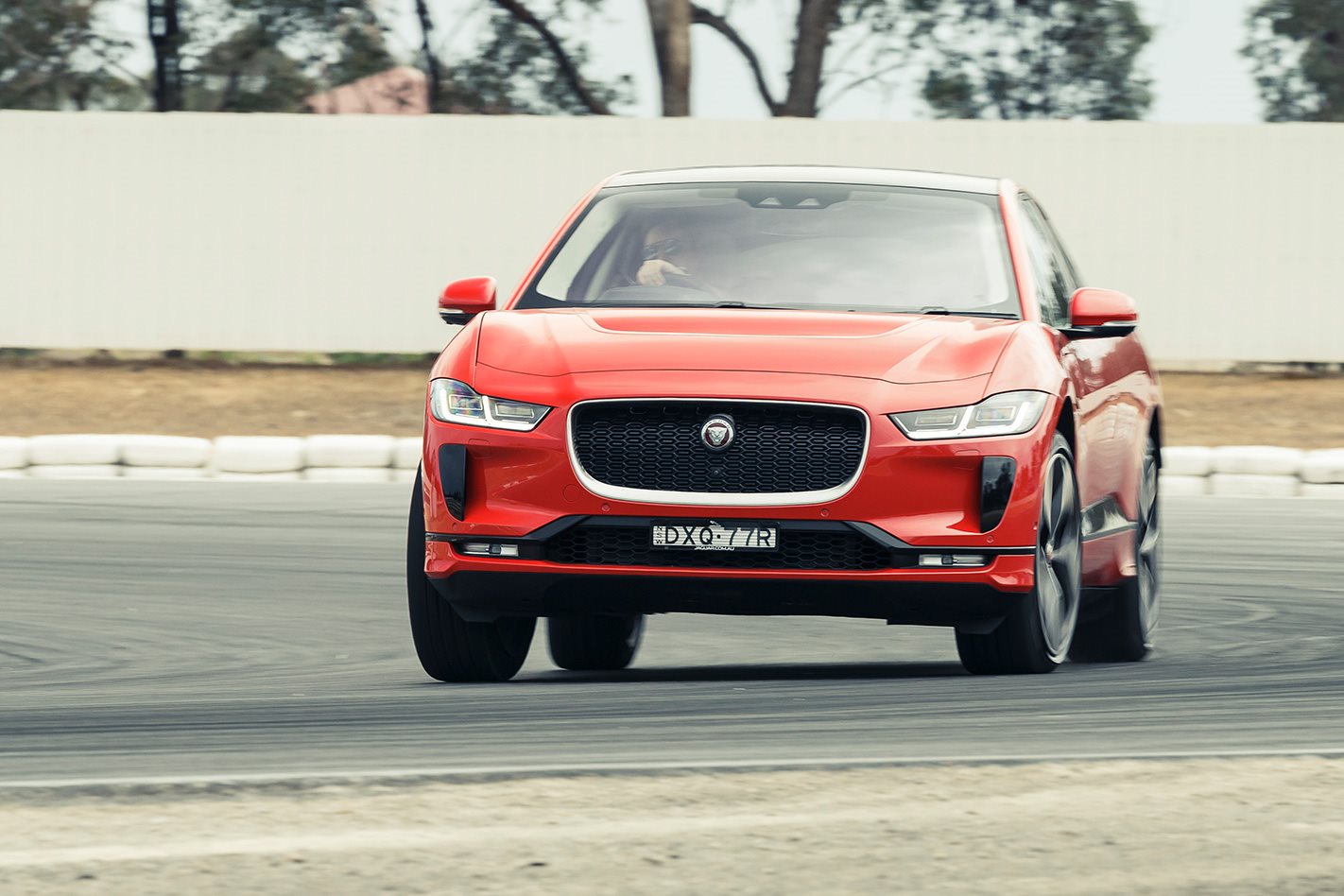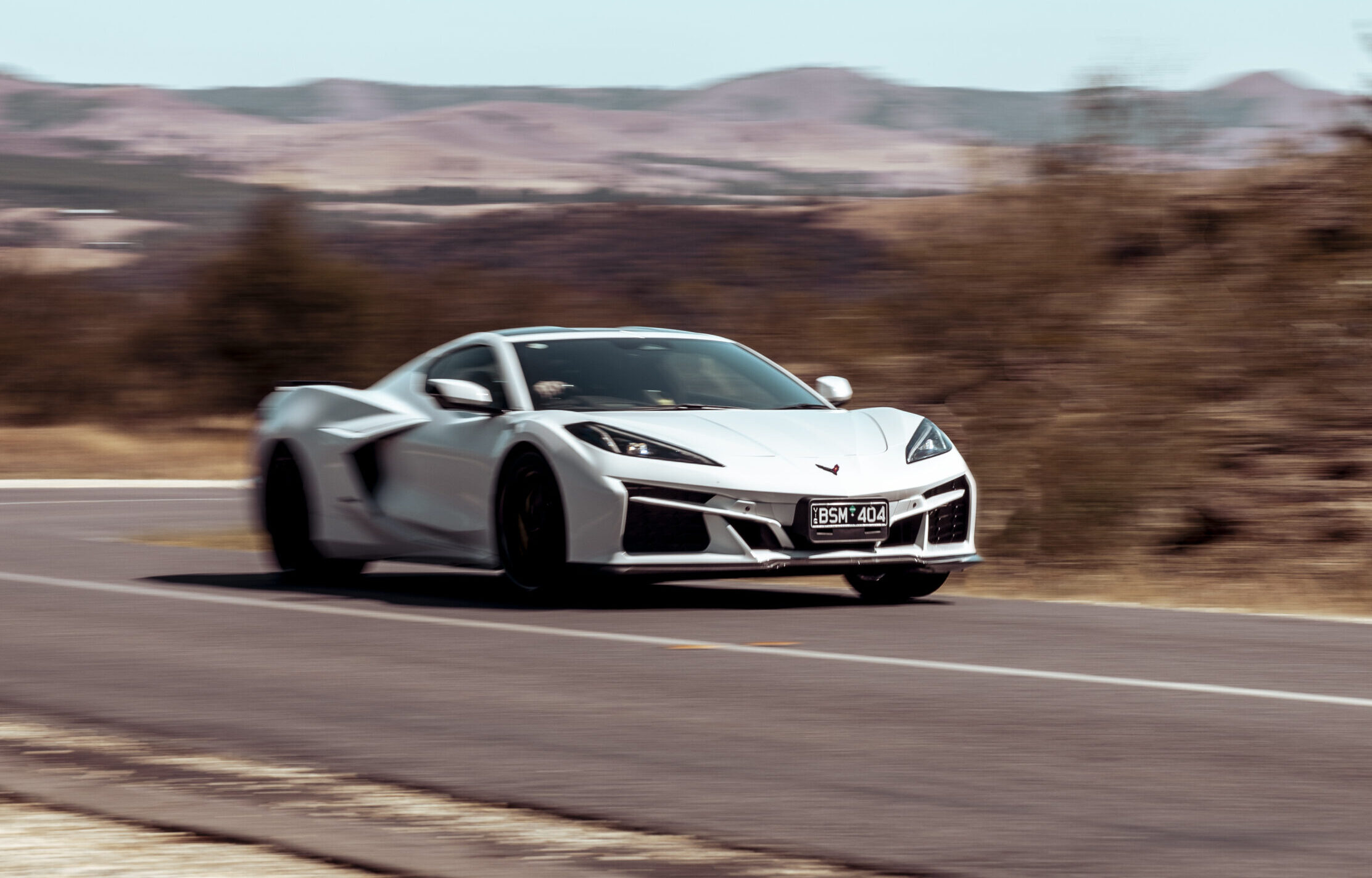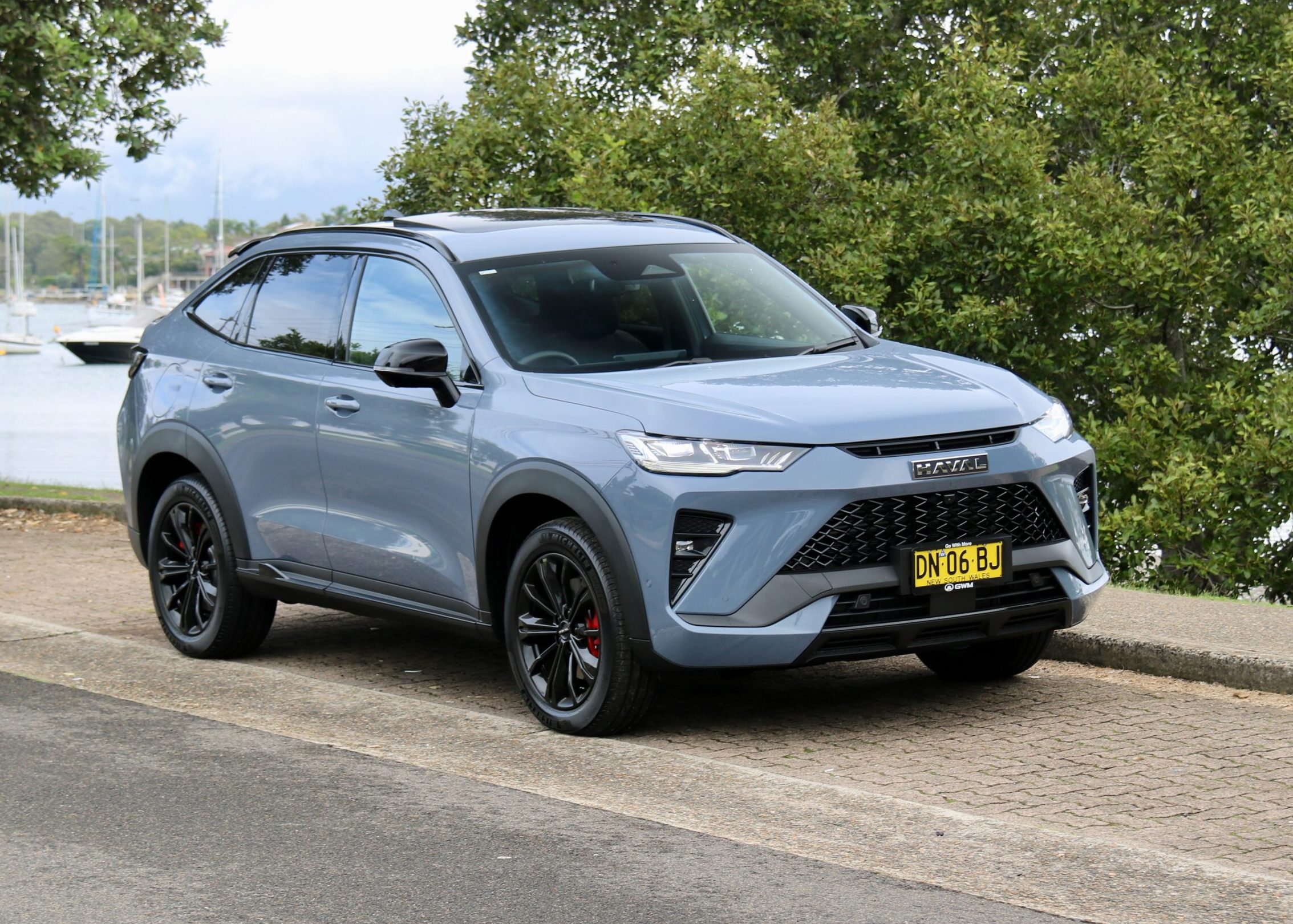WHAT IS IT?
Jaguar’s first electric car and an all-new, all-electric luxury SUV built on a bespoke platform that places a bank of lithium-ion batteries along its floor.
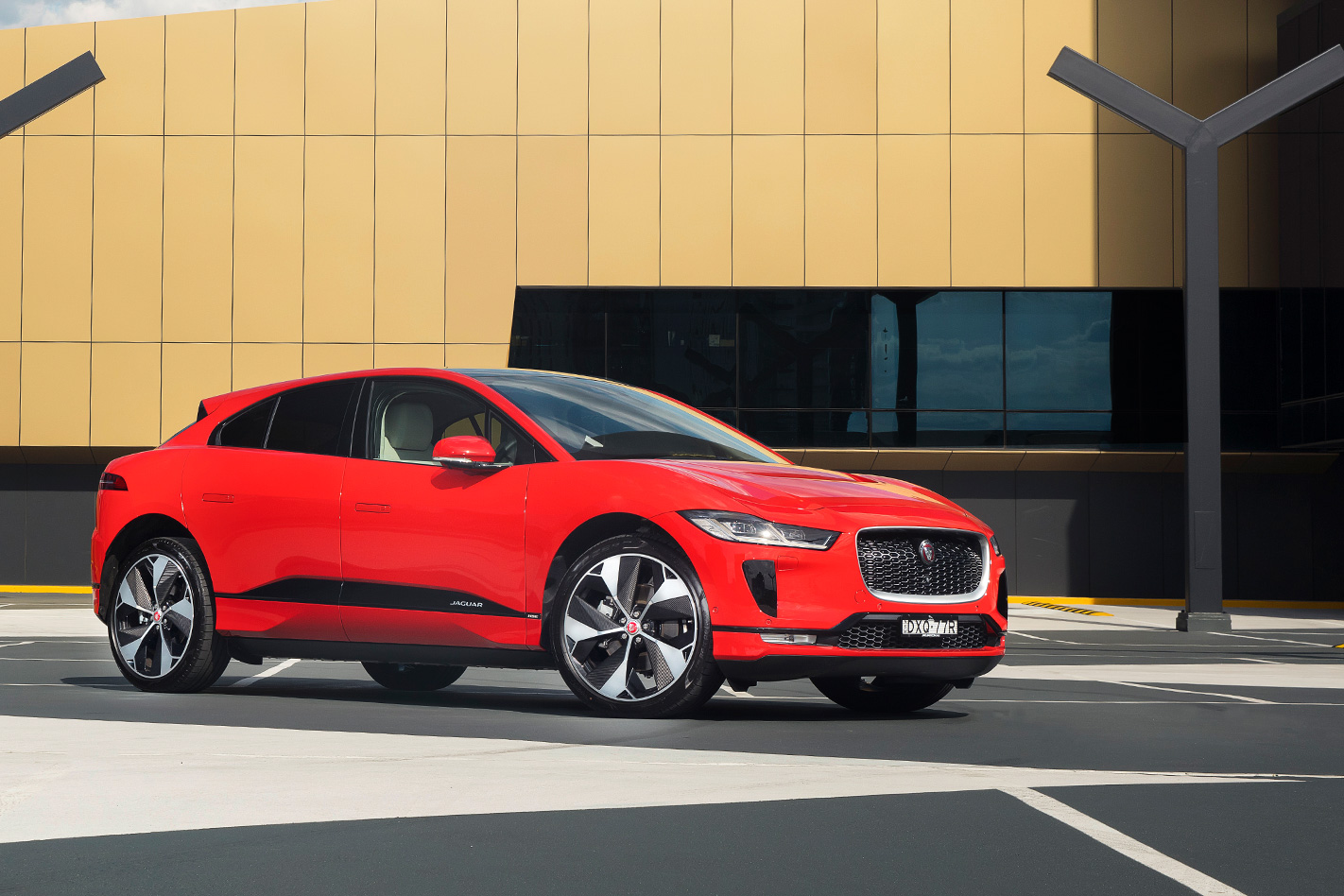
WHY WE’RE TESTING IT
The I-Pace has just gone on sale locally and is the first all-electric SUV from a traditional luxury car maker, giving the British brand a big head start on its predominantly German rivals. Built on a ground-up electric architecture, the I-Pace ditches the traditional long bonnet, low-slung stance of classic Jags in favour of a long wheelbase, short bonnet form that packages twin electric motors at either end of a spacious cabin.
MAIN RIVALS
Tesla Model X and (from 2019) Audi E-Tron and Mercedes-Benz EQC.
THE WHEELS REVIEW
LONG bonnet, big engine and lashings of tradition: the latest newcomer from Jaguar – the I-Pace – has none of those classic attributes from one of the world’s oldest car makers. Instead, it’s a bold leap into an electrified future. And, following a year of hype, the brand’s first electric car has arrived in Australia, priced from $119,000, plus on-road costs.

There are catches. For that outlay you don’t get leather trim, heated seats, digital radio tuning or high-speed emergency braking – four things you would rightfully expect on a six-figure luxury machine.
Some of those features, and more, come with the step up to the SE ($130,200), HSE ($140,800) or limited run First Edition ($159,700), the latter plumped with ambient lighting, panoramic sunroof, activity key and quad-zone ventilation.
The sticker shock is partially offset by the futuristic interior with its trio of digital displays blending beautifully with traditional materials. It’s an impressive spread that works well with the spacious interior created by the limousine-like 2990mm wheelbase.
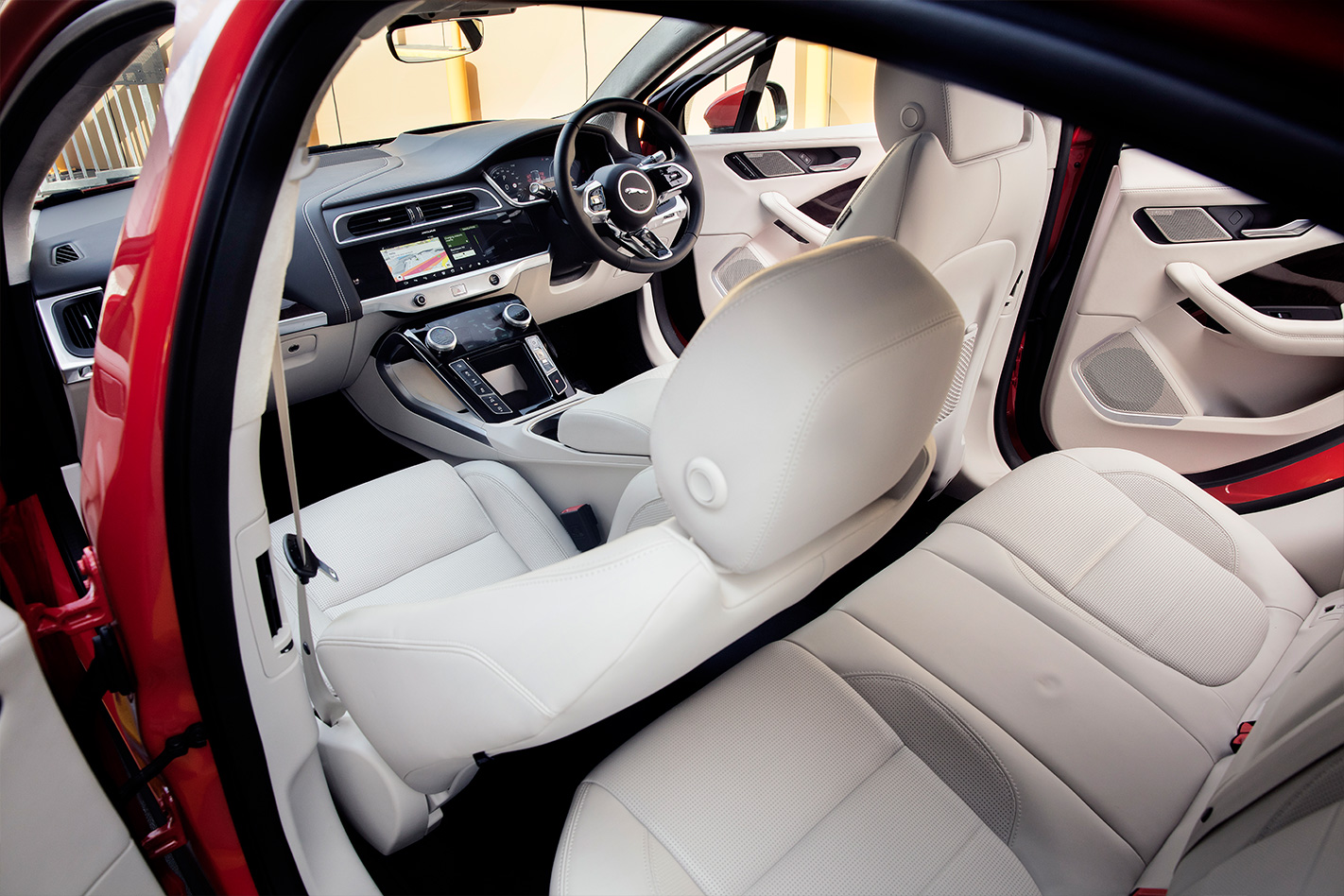
Not that the crossover-cum-SUV is about to smother the sedan space, its rear headroom ultimately compromised by the high-ish battery-packed floor. But it’s what’s beneath the aluminium skin that is the drawcard for the I.
Dab the throttle and the full 696Nm makes itself instantly known, the sizeable cat leaping with intoxicating intent. Only mild electrical whirring accompanies the thrust, although you can dial up a Doctor Who-like soundtrack as part of the customisation options that extend to regenerative braking.
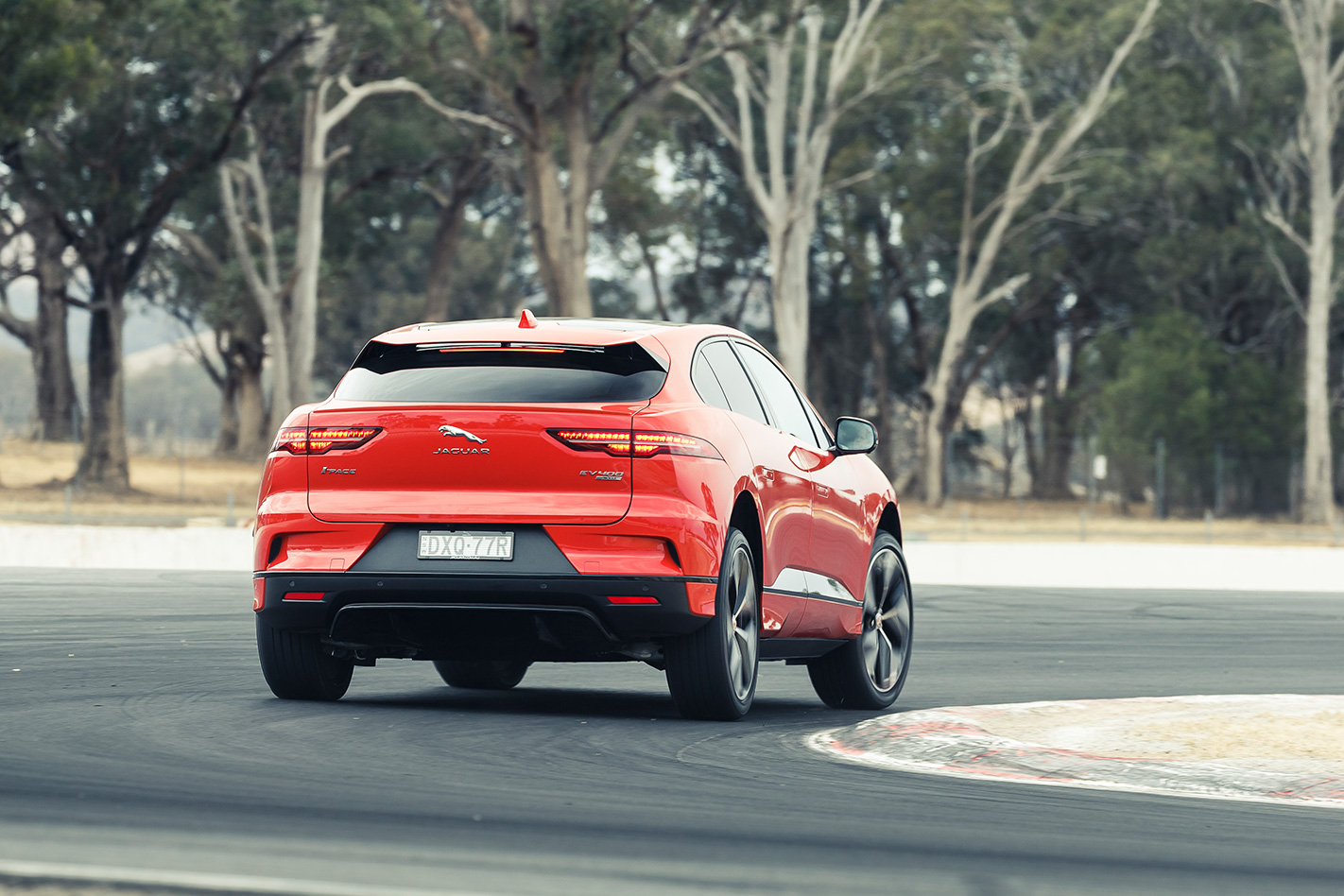
As the motors spin towards their 13,000rpm maximum there’s 294kW, too, none of which threatens to break the all-paw traction on the broad 20-inch tyres of our SE. While it’s a radical departure from the V12s and V8s Jag has become known for, the silky sledgehammer surge is thoroughly in keeping with the brand’s heritage.
It’s fed by a 90kWh battery, of which only 84.7kWh is usable. Jaguar boasts of average energy consumption of 21.2kWh/100km globally, though the local website claims between 22.0 and 24.8kWh/100km. The difference accounts for options and tyres, the latter accounting for up to 10 percent more energy consumption if you go for stickier, broader 22-inch hoops.
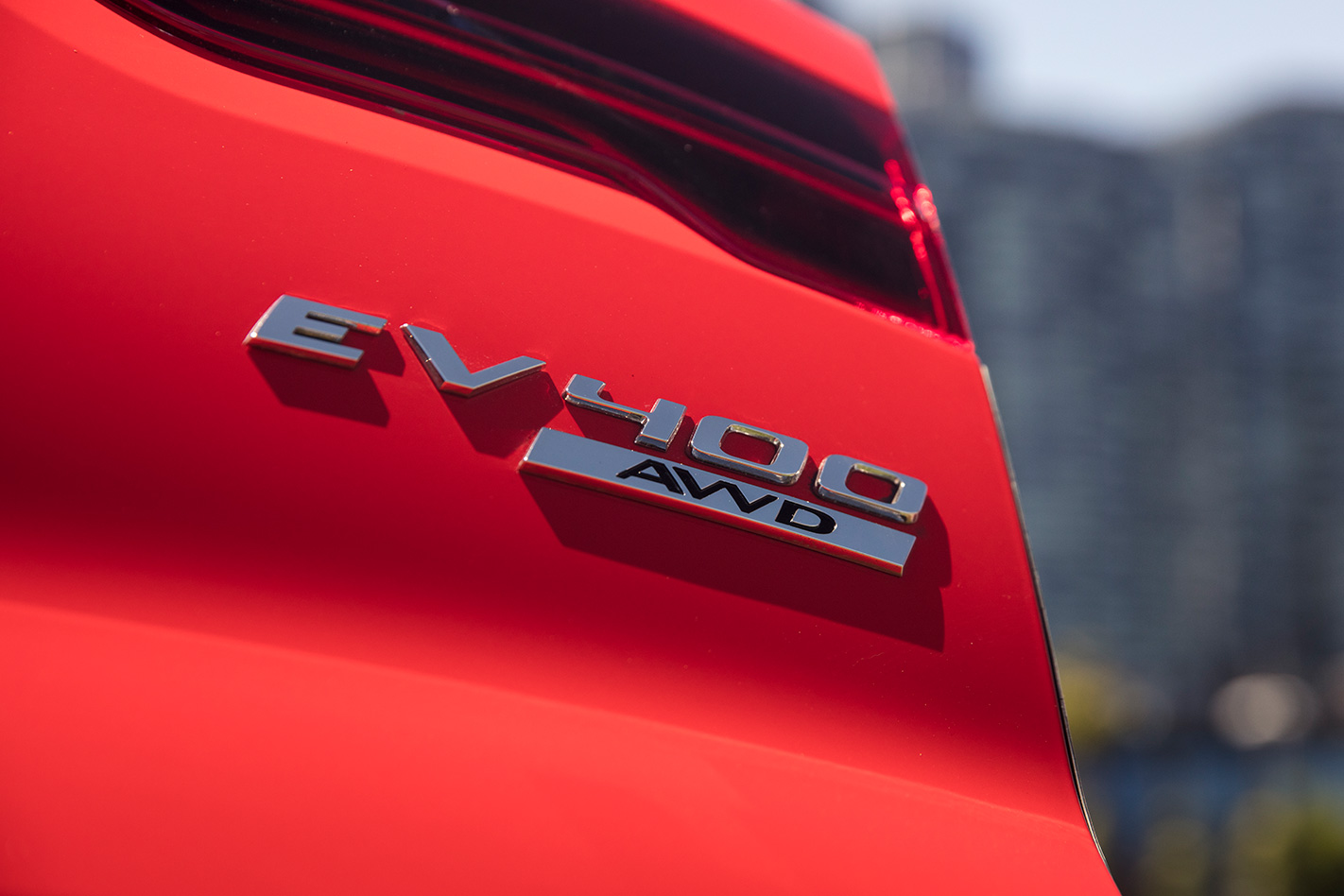
Do the maths and the best you’re likely to venture is between 341km and 385km from a charge – assuming you can achieve those averages. It’s a big call. Hypermile for economy you may get near those claims, but more likely it’ll be in the high-20s or early-30s. Usable real world range, then, is 250-300km.
Good, but still short of petrol alternatives.
Ours also hit a snag when charging, refusing to shift until it had recovered for an hour. Perhaps an early glitch indicative of the rush to market?
Still, at around $7-8 per 100km, the I is far cheaper to feed than anything short of a hybrid – positively bargain basement once you factor in the performance. More impressive is that it’s shifting 2.2 tonnes, 600kg of which lies low in the floor in the form of a battery pack housing 432 pouch cells.

Having that much weight down low stifles any tendency to rollick around, the stiff body beautifully behaved as the pace increases. Somehow those low-profile tyres don’t destroy the ride, although the extra $2002 for air suspension is a no brainer given the additional compliance. That serene ride is helped by the space between the front and rear wheels.
All of which adds up to a convincing Tesla-smashing luxury car, provided you’re prepared to tick a few option boxes.
THE WHEELS VERDICT
The I-Pace is an impressive bolt into the future from a brand with a rich heritage. It demonstrates how traditional car company thinking leveraging the freedoms of a ground-up design can successfully teleport a brand into a new space. Superb performance and dynamics characterise a car that also delivers on the wow factor. Only charging glitches sour an otherwise excellent Jaguar experience.
PLUS: Performance and refinement; cornering nous; design inside and out MINUS: Heavy; rear seat packaging compromised; charging glitches; base S lacking luxury features
SPECS
Model: Jaguar I-Pace EV400 Motors: 2 x electric motors Max power: 294kW Max torque: 696Nm @ 0rpm Transmission: single-speed Weight: 2200kg (approx.) 0-100km/h: 4.8 sec (claimed) Economy: 22.0-24.8kWh/100km Price: From $119,000 On sale: Now

